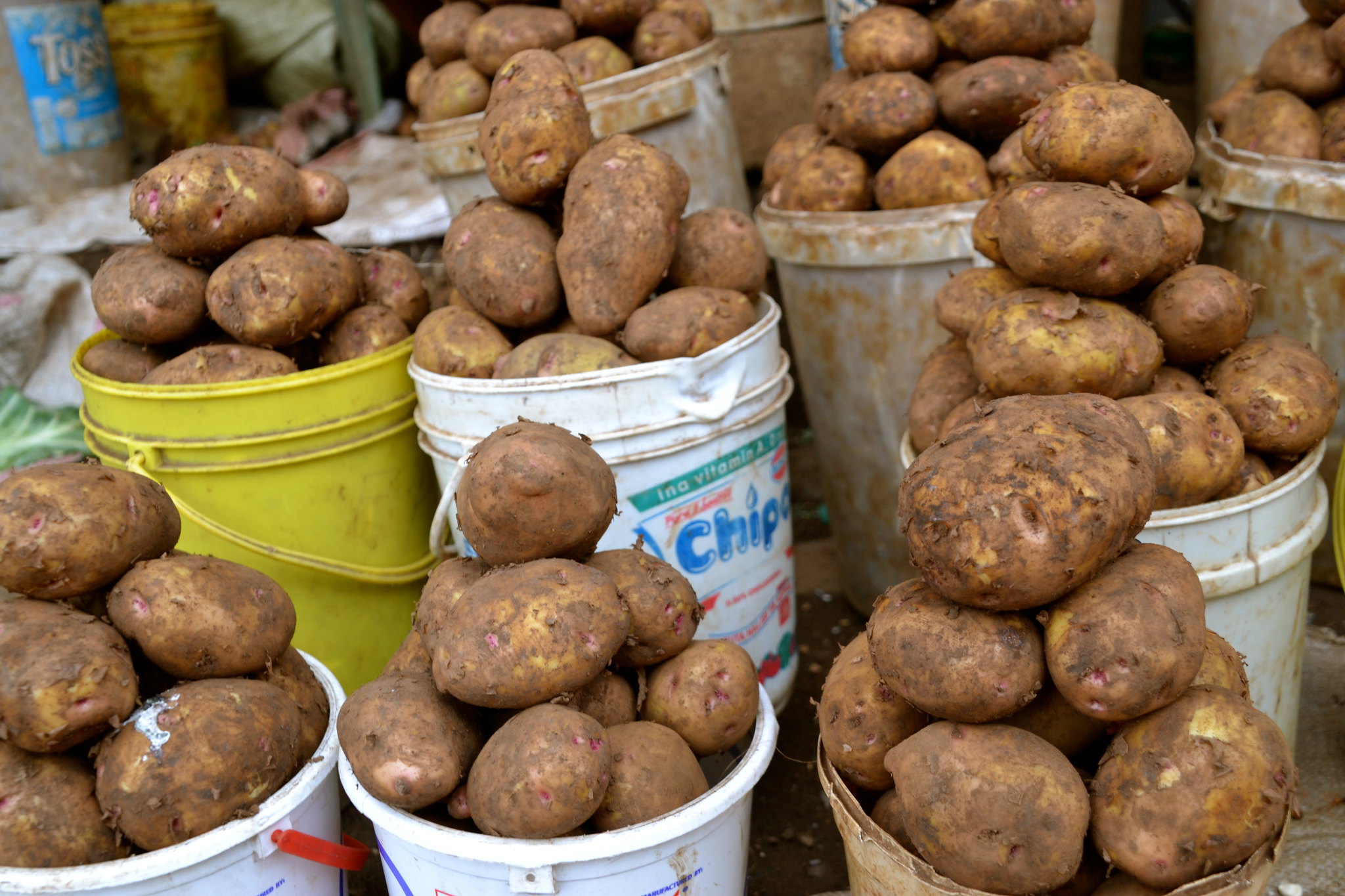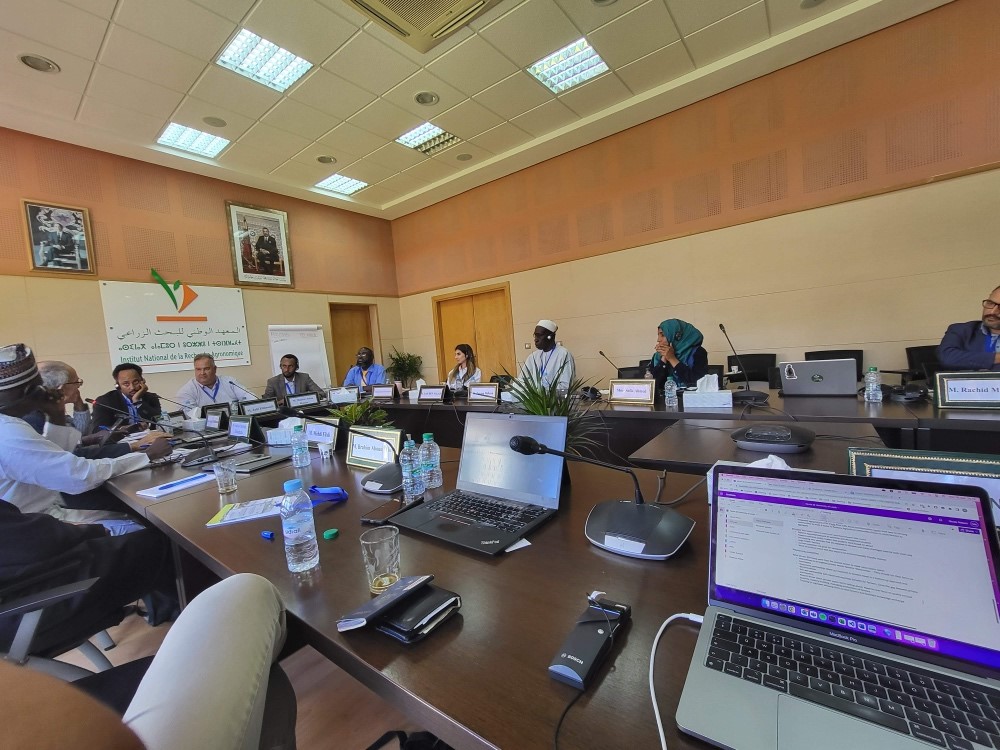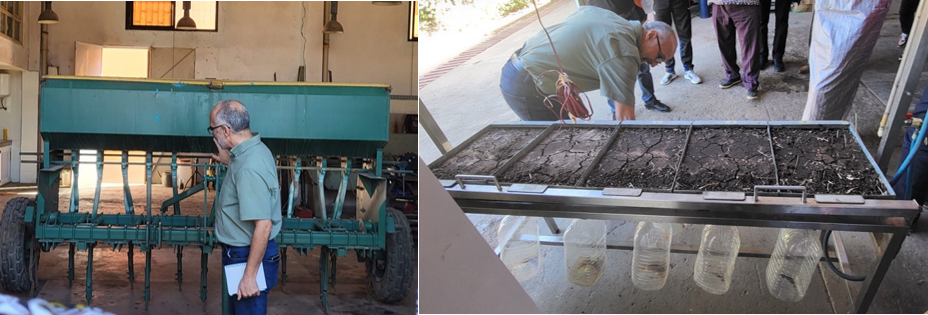Climate-smart agriculture, subsidies, and their effectiveness in Africa

A blog by Dr Nicole Nisbett, Postdoctoral Research Fellow in Climate Politics
We’ve all seen the increasing frequency and devastating effects of climate change, most recently with the Pakistan floods and Hurricane Ian. Climate shocks are particularly felt in the agricultural sector in the Global South, where warming is increasing the frequency and severity of droughts, floods, heatwaves and cyclones, and causing harvest failures and disruptions to food supplies and the economy. Especially hard hit are those who rely on the land to survive. Currently, our food systems are responsible for a third of greenhouse gas emissions (milk and ruminant meat account for the majority of these), meaning agriculture and food are part of the problem.
Over the past few months through the Priestley Innovation Fellowship, I have been working with Christian Mann, the Policy Action Lead at Just Rural Transition (JRT) and Bruce Campbell (who is working for JRT and also has the fantastic title of Chief Innovation Strategist at Clim-Eat!). Our aim was to use the literature and in-person workshops to map the current state of agricultural subsidies to farmers throughout Africa, and how these are being future-proofed for the changing climate. We’re launching our findings through a policy brief at the first ever Food Systems Pavilion at COP27.
I studied the peer-reviewed literature to understand the quality of government support to the agricultural sector, with a particular focus on subsidies to agricultural inputs. We analysed government support to farmers in countries in Southern Africa, the Sahel and North Africa. This was then used as background information for JRT’s innovative multi-stakeholder dialogues which bring together all kinds of participants to discuss how public policies can be repurposed to support food systems that work for people and planet. Of particular interest is hearing from farmer organisations.

Multi-Stakeholder Dialogue, INRA, Rabat
Agricultural subsidies come in many forms; those focused on agricultural inputs (e.g., seeds, fertiliser, animal feed, machinery), outputs (e.g., payments based on production levels), decoupled payments (e.g., direct payments to farmers irrespective of production), land reform, or direct to consumers/end users (e.g., vouchers and food stamps). Most input subsidies are focused on producing grains and meat, with a smaller number directed to dairy, oil, fruit, vegetables and sugar. Governments try to encourage national production and reduce their levels of imports through these types of input subsidies.
While these subsidies can undoubtedly increase yields and help to alleviate rural poverty, unfortunately, the peer-reviewed literature demonstrates that many current subsidy programmes are economically inefficient and expensive to maintain. The dominance of subsidies for certain commodities can result in high dependence on nutrient-poor/calorie-rich products, for example, with maize, wheat or rice. This reduces farming system diversity and increases nutrition-related health problems. Late deliveries or the delivery of incorrect inputs mean that the subsidies do not necessarily lead to good farm management and thus farmer vulnerability is not reduced. If the subsidies lead to supply exceeding national demand, exports can be trade-distorting on international markets. And once subsidy schemes have been implemented, it can be politically difficult to revoke them.

Cactus farm in Settat, Morocco
The provision of subsidies is, in most cases, highly political and often used by governments and politicians to secure support. For example, a promise to continue providing input subsidies can be enough to secure support in elections, even if the subsidies do not contribute to sustainable livelihoods. There is evidence that some recipients merely sell their subsidy vouchers, and some sell the inputs across borders undercutting local suppliers. This can lead to dissatisfaction and frustration amongst those farmers who are committed to improving production, with the overall result that the rural population is still vulnerable to the changing climate.
Actors in the agricultural sector can tell us a lot about how policies should be repurposed, and hosting dialogues with them can improve our understanding and help foster public action. Public pressure can clearly influence policy change, as we have seen with the abolitionist movement, equal marriage movement, and the public smoking ban to name a few. Perhaps similarly, public action can champion the use of green subsidies to support environmental outcomes, diversified farming for improved nutrition, and agroforestry to build soil resilience.

Research unit on the environment and sustainable management of natural resources Settat. Demonstration of no-till seed planter (left) and the effects of no-tilling on soil quality (right)
This fellowship and work with JRT and Clim-Eat reinforced the importance of how policy change affects the real world, particularly those disproportionately affected by climate change - smallholder farmers. We need to legitimately value the voices of farmers and consider the behaviour change required by policy makers and the general public alike to keep sustainability at the core of a sector we all rely so heavily on.
With thanks to Christian Mann (JRT) and Bruce Campbell (Clim-Eat).
Top image: "Climate-smart Kenya" by Cilia Schubert is licensed under CC BY-NC 2.0.
